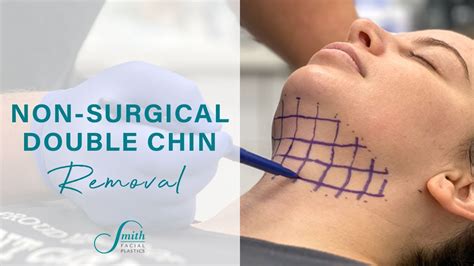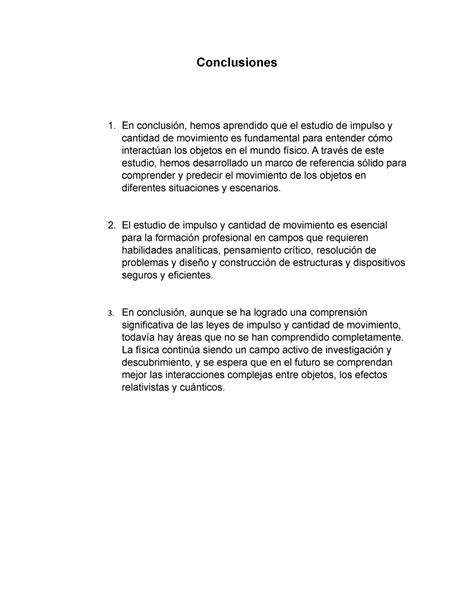Intro
Discover 5 effective ways to remove ganglion cysts, including surgical and non-surgical methods, ganglion cyst treatment options, and home remedies to alleviate symptoms and promote healing for ganglion cyst removal and relief.
Ganglion cysts are noncancerous lumps that typically develop on the wrist or hand, but they can also appear on the feet or ankles. These cysts are filled with a thick, jelly-like fluid and are often harmless, but they can be painful and uncomfortable. If you're dealing with a ganglion cyst, you're probably looking for ways to get rid of it. In this article, we'll explore five ways to remove a ganglion cyst, including both non-surgical and surgical methods.
The importance of addressing ganglion cysts cannot be overstated. Not only can they cause discomfort and pain, but they can also lead to limited mobility and affect daily activities. Understanding the available treatment options is crucial for making informed decisions about your health. Whether you're looking for a non-invasive approach or a more permanent solution, there are several ways to remove a ganglion cyst.
Before we dive into the removal methods, it's essential to understand what causes ganglion cysts. These cysts are thought to arise from the joint or tendon, and their exact cause is still unknown. However, research suggests that they may be related to repetitive strain or injury to the affected area. Knowing the potential causes can help you take preventative measures and reduce the risk of developing a ganglion cyst in the first place.
Understanding Ganglion Cysts

Diagnosing Ganglion Cysts
Diagnosing a ganglion cyst typically involves a physical examination and medical history. Your doctor may ask questions about your symptoms, such as when the cyst appeared and whether it's causing any pain or discomfort. They may also perform imaging tests, such as X-rays or ultrasound, to confirm the diagnosis and rule out other potential causes. In some cases, a biopsy may be necessary to examine the cyst's contents and confirm the diagnosis.Non-Surgical Removal Methods

Aspiration Procedure
The aspiration procedure typically involves the following steps: 1. Cleaning and preparing the skin around the cyst. 2. Inserting a needle into the cyst to drain the fluid. 3. Applying pressure to the area to prevent bleeding. 4. Monitoring the site for signs of infection or other complications.Surgical Removal Methods

Surgical Risks and Complications
As with any surgical procedure, there are risks and potential complications associated with ganglion cyst removal. These may include: * Infection: Bacterial or other infections that can occur at the surgical site. * Nerve damage: Injury to nearby nerves, which can cause numbness, tingling, or pain. * Scarring: Visible scars or keloid formation at the surgical site. * Recurrence: The cyst may return, requiring additional treatment.Home Remedies and Prevention

Dietary Changes
Some research suggests that dietary changes may help reduce the risk of developing a ganglion cyst. These may include: * Increasing omega-3 fatty acid intake: Consuming foods rich in omega-3s, such as salmon or flaxseeds, to reduce inflammation. * Boosting vitamin C intake: Eating foods high in vitamin C, such as citrus fruits or leafy greens, to support collagen production and reduce inflammation. * Staying hydrated: Drinking plenty of water to maintain healthy joints and connective tissue.Conclusion and Next Steps

We hope this article has provided you with valuable insights and information about ganglion cysts. If you have any questions or concerns, please don't hesitate to reach out. Share this article with friends or family members who may be dealing with a ganglion cyst, and let's work together to raise awareness and promote healthy living.
What are the symptoms of a ganglion cyst?
+The symptoms of a ganglion cyst may include a lump or mass under the skin, pain or discomfort, limited mobility, and numbness or tingling.
Can ganglion cysts be prevented?
+While there are no guaranteed ways to prevent ganglion cysts, wearing protective gear, taking regular breaks, and maintaining good posture may help reduce the risk.
What are the risks and complications of surgical removal?
+The risks and complications of surgical removal may include infection, nerve damage, scarring, and recurrence.
